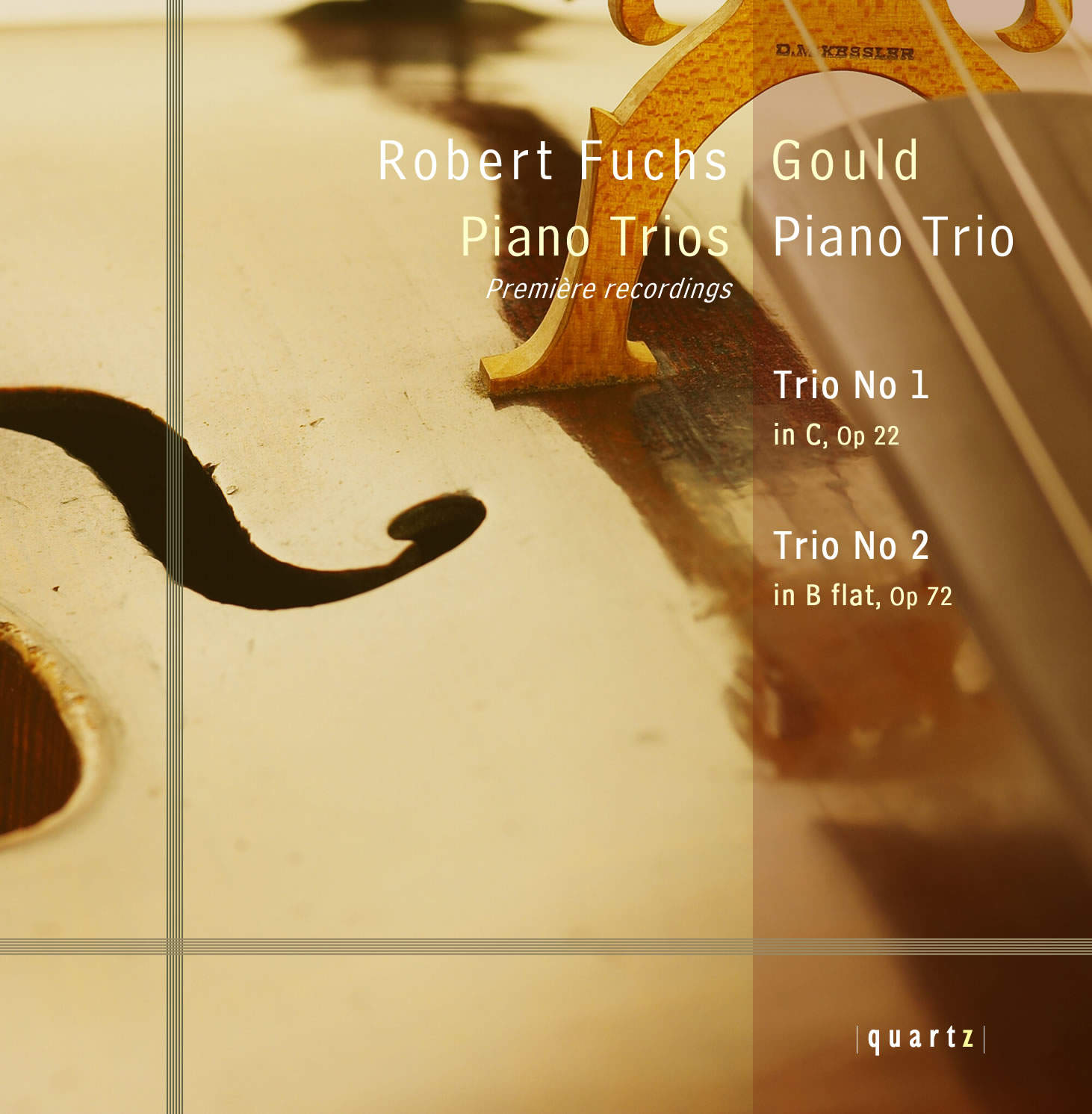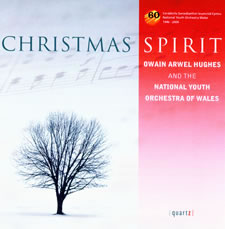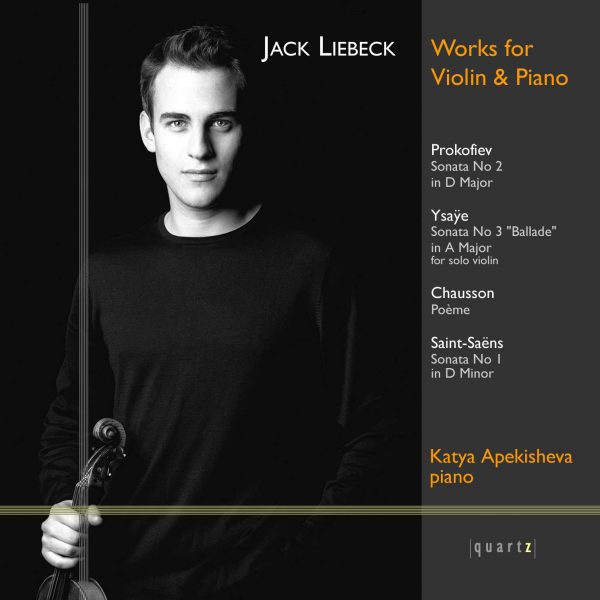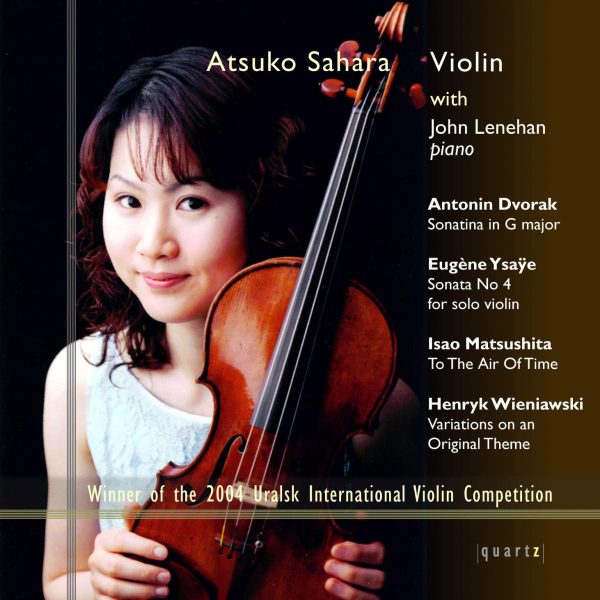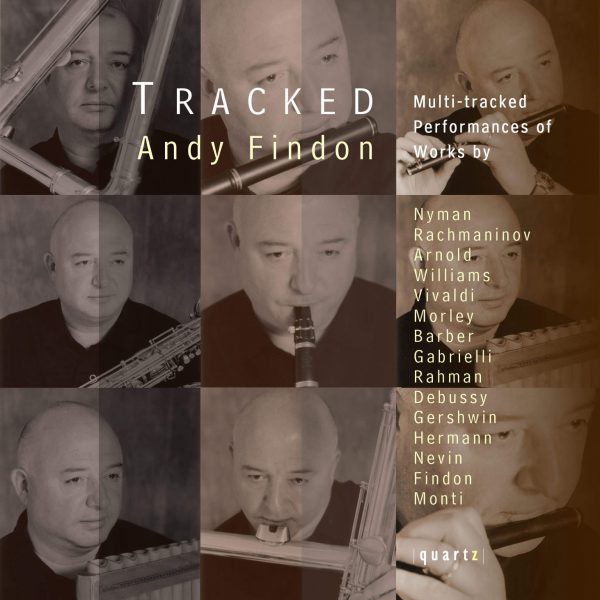Robert Fuchs – Piano Trios
£4.99 – £11.99
Piano Trio No 1 in C major, Op 22
Allegro moderato
Adagio con molto espressione
Scherzo: Allegro – Presto
Finale: Allegro risoluto
Trio No 2 in B flat major, Op 72
Allegro molto moderato, ma energico
Allegro scherzando
Andante sostenuto
Finale. Allegro giocoso
Gould Piano Trio
Lucy Gould – violin
Alice Neary – cello
Benjamin Frith – piano
We are proud to present the Gould Piano Trio’s second recordings for Quartz – World premiere recordings of Robert Fuchs’ first two piano trios. Robert Fuchs was a major (although currently undervalued) composer of the 19th Century and a contemporary of Brahms who was a major influence on many other composers, including Mahler, Sibelius, Wolf and Zemlinsky.
About This Recording
“a splendid musician; everything is so fine, so skilful, so charmingly invented that one cannot fail to be pleased.”
These words of praise from a composer who rarely bestowed blessings on his fellows – Brahms – describe the music of Robert Fuchs.
As a young scholar, he studied flute, violin, organ and piano but it was not as a performer that he made his career. Moving from Frauental, to the South of Graz, to Vienna when he was eighteen, he struggled to earn a living as a repetiteur. Ultimately, it as his own studies that equipped him as a composer, and he learned a great deal from engrossing himself in Brahms’ music: in Fuchs, we can hear echoes of the older man’s contrapuntal mastery, the surety and direction of his developments, an easy feel for melody, a natural understanding of the conversational aspects of music and a distinct feeling for the large-scale polarities of form.
His first landmark came with a performance of his First Serenade, an orchestral work that had a string of performances in the wake of its premiere in 1874 (he composed four sequels over the next twenty years which led to his nickname Serenaden-Fuchs (Serenade Fox)). Quite how far reaching these pieces were is told by a review of the Vienna premiere of Mahler’s Resurrection Symphony in which the second movement was compared to Fuchs’ music! But it is as a teacher that Fuchs was perhaps best known in Vienna, where he taught a succession of pupils at the Conservatoire who went on to achieve great things. One of his first pupils was Mahler, but also Wolf, Sibelius, Franz Schmidt, Schreker and Zemlinsky passed through his classes. Fuchs remained a conservative throughout his long life – he died four days after his eightieth birthday in February 1927 – and left behind some inspired and finely crafted works, such as these two Piano Trios.
Fuchs’ C major Trio appeared in 1879 with a dedication to Brahms, and it is not impossible that it persuaded Brahms to try his hand again at the medium a couple of years later having abandoned it for twenty-six years. Fuchs’ Trio is big-boned and fully Romantic, heroic even in the cast of its noble main theme. But Fuchs also finds a dark power lying behind it which he exploits at the beginning of the development. His ability to re-characterise a theme by its surroundings is also in evidence with the recitative-like passage which introduces the reprise of the second theme while the extended coda suggests that Fuchs is far from exhausting the harmonic potential of his music.
The slow movement is long-breathed, slightly funereal in atmosphere but has some of Schubert’s genius at making direct juxtapositions of contrasting ideas seem natural. Its espressivo second idea lightens the movement. The Scherzo is shadowy, the bold Trio emerging with a long singing melody, while the Finale returns us to the epic scale of thought encountered in the first movement.
Like Brahms, another quarter century separated Fuchs’ Second Trio from his First, which comes from the most prolific decade of Fuchs’ life. Although there is not a huge development of style between the two, there is a feeling that less notes mean more: the evocative tremolo in the piano would not have found a home in the earlier Trio! Textures too are sparser, the musical argument more direct.
The scherzando-like movement that Fuchs places second in his scheme is in the style of a character piece. Its wit is gentle, and it has the innocence of folk-inspired ideas. A warmer nocturne-like idea dominates the slow movement, with a melancholy idea at the heart of the movement and the two ideas are reconciled as the harmony settles and fragments at the end of the movement.
The Finale is full of a particular type of charm and humour that is peculiar to the Viennese. Even with the simplest material, Fuchs keeps turning directions into many a blind alley only to find his way out with consummate skill.
Mike George MMV
Track Listing
-
Robert Fuchs
- Trio No 1 in C major (i) Allegro moderato
- Trio No 1 in C major (ii) Adagio con molto espressione
- Trio No 1 in C major (iii) Scherzo: Allegro - Presto
- Trio No 1 in C major (iv) Finale: Allegro risoluto
- Trio No 2 in B flat major (i) Allegro molto moderato ma energico
- Trio No 2 in B flat major (ii) Allegro scherzando
- Trio No 2 in B flat major (iii) Andante sostenuto
- Trio No 2 in B flat major (iv) Finale. Allegro giocoso
